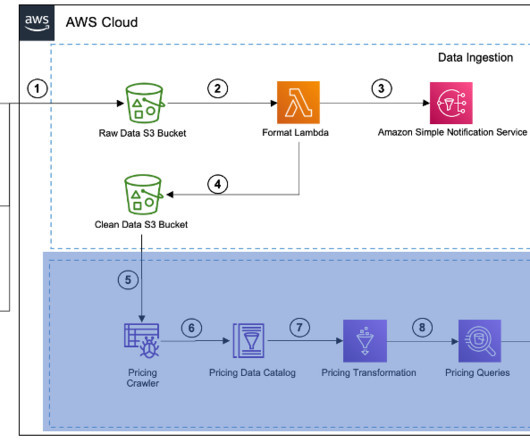PCI compliance: The best defense is a great defense
CIO Business Intelligence
OCTOBER 16, 2023
PCI DSS compliance is a robust defense that significantly mitigates the risks involved with all three. The team offers a portfolio of practical and economical solutions to organizations across the payment card industry that simplifies the complexity of compliance management, delivering programs that produce sustainable, high-quality results.














Let's personalize your content